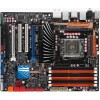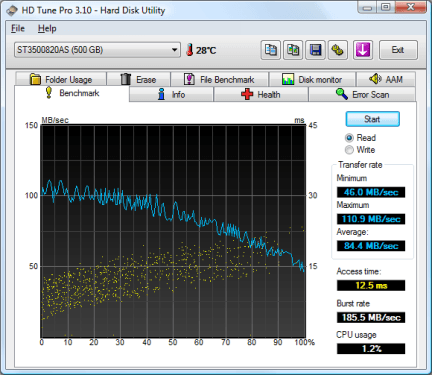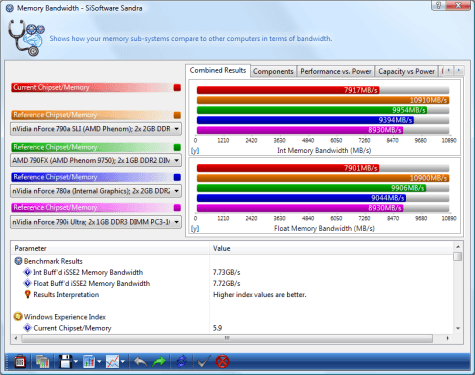- Qualcomm Launches Snapdragon 4 Gen 2 Mobile Platform
- AMD Launches Ryzen PRO 7000 Series Mobile & Desktop Platform
- Intel Launches Sleek Single-Slot Arc Pro A60 Workstation Graphics Card
- NVIDIA Announces Latest Ada Lovelace Additions: GeForce RTX 4060 Ti & RTX 4060
- Maxon Redshift With AMD Radeon GPU Rendering Support Now Available
ASUS P6T Deluxe OC Palm Edition

Need a solid motherboard offering for that brand-new Core i7 processor? ASUS’ first “mainstream” X58 board proves to be a true winner, offering a feature-packed and well-thought-out design, support for both CrossFireX and SLI, plentiful accessories and overclocking potential to keep even the most hardcore enthusiast pleased.
Page 6 – System: HD Tune Pro, SiSoftware Sandra 2009
While application performance shouldn’t vary much between motherboards, one area where we can see greater differences is with synthetic benchmarks – at least with those that test both the storage and memory bandwidth/latency. Even still, if differences are seen, you are very unlikely to notice the difference in real-world usage, unless the performance hit is significant, which we’ve not found on any board we’ve tested in the past.
To test the storage I/O, we use a tool that we’ve been using for a number of years, HD Tune. The developer released a “Pro” version not long ago, so that’s what we are using for all of our storage-related benchmarking. The drive being tested is a secondary, installed into the first available Slave port, and is not the drive with the OS installed. To avoid potential latency, the drive is tested once Vista is idle for at least five minutes, and CPU usage remains stable at >1%.

Intel’s board might have fell short a bit on the previous page, but it starts to make up a little ground here. As usual though, the differences between the two boards are incredibly minor, and chances are that if run one hundred times over, both boards would deliver almost equal medians. Life’s too short to go that far, though!
SiSoftware Sandra 2009
Yet another classic tool from our toolbox, SiSoftware’s Sandra is one of the ultimate benchmarking sidekicks around, allowing us to test almost every-single component in our PC, from CPU to GPU to memory to storage. In the case of our motherboard reviews, we stick with the memory bandwidth and latency tests, since its an area where some differences could very-well be seen.
As mentioned above, the results here don’t represent real-world performance, and if one motherboard sees the memory 4ns slower, the chances of you noticing the hit in real usage is highly unlikely, if not impossible. If any scenario would be effected, it would be processes that last the course of a few hours, not a few minutes.


As mentioned on the previous page, memory seems to be lacking a bit on Intel’s board, and it’s somewhat proven here. Luckily, given the Core i7’s outstanding memory controller, these differences are very unlikely to be seen in the real-world, except for the latency in very few cases.
Support our efforts! With ad revenue at an all-time low for written websites, we're relying more than ever on reader support to help us continue putting so much effort into this type of content. You can support us by becoming a Patron, or by using our Amazon shopping affiliate links listed through our articles. Thanks for your support!







